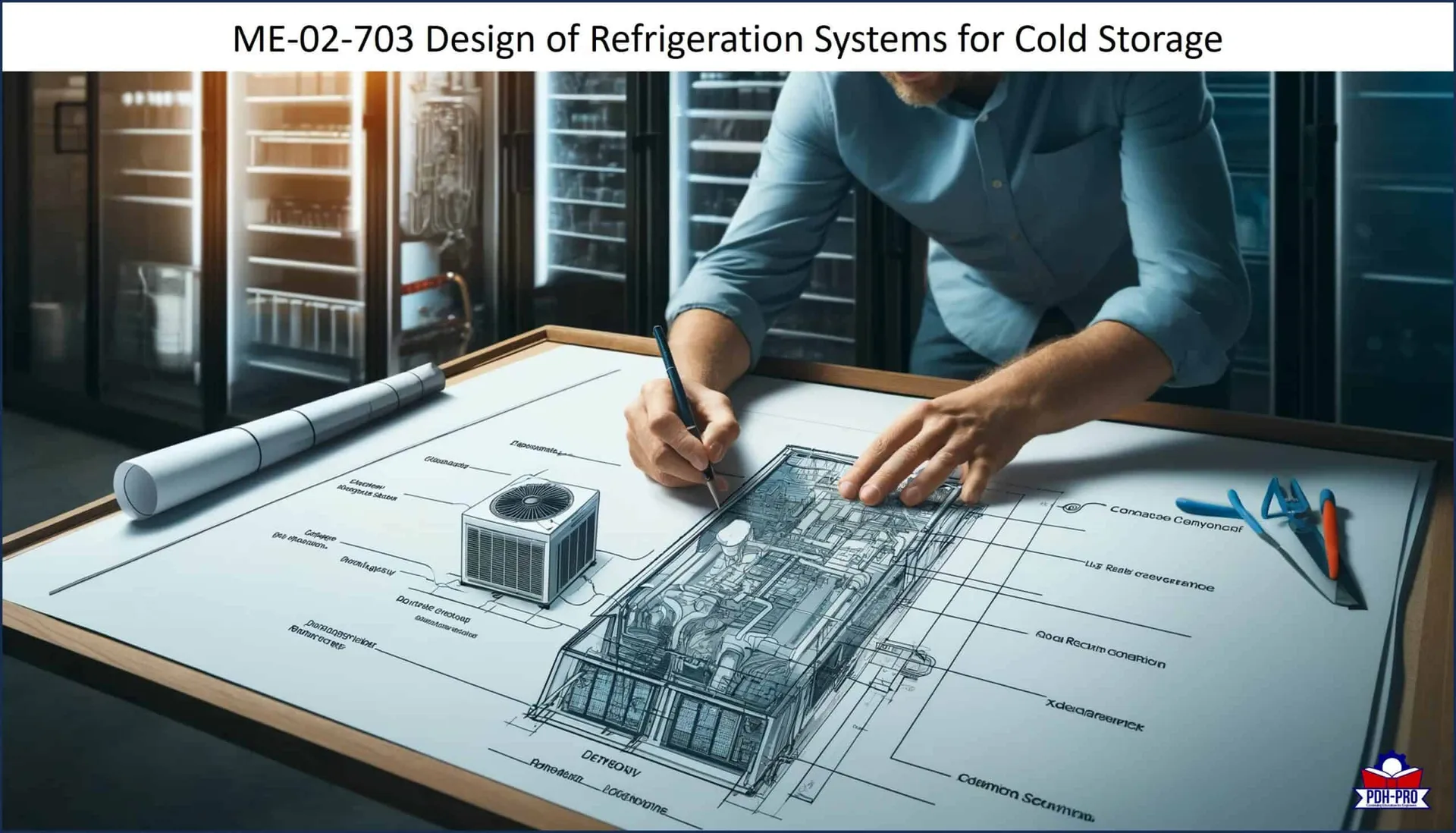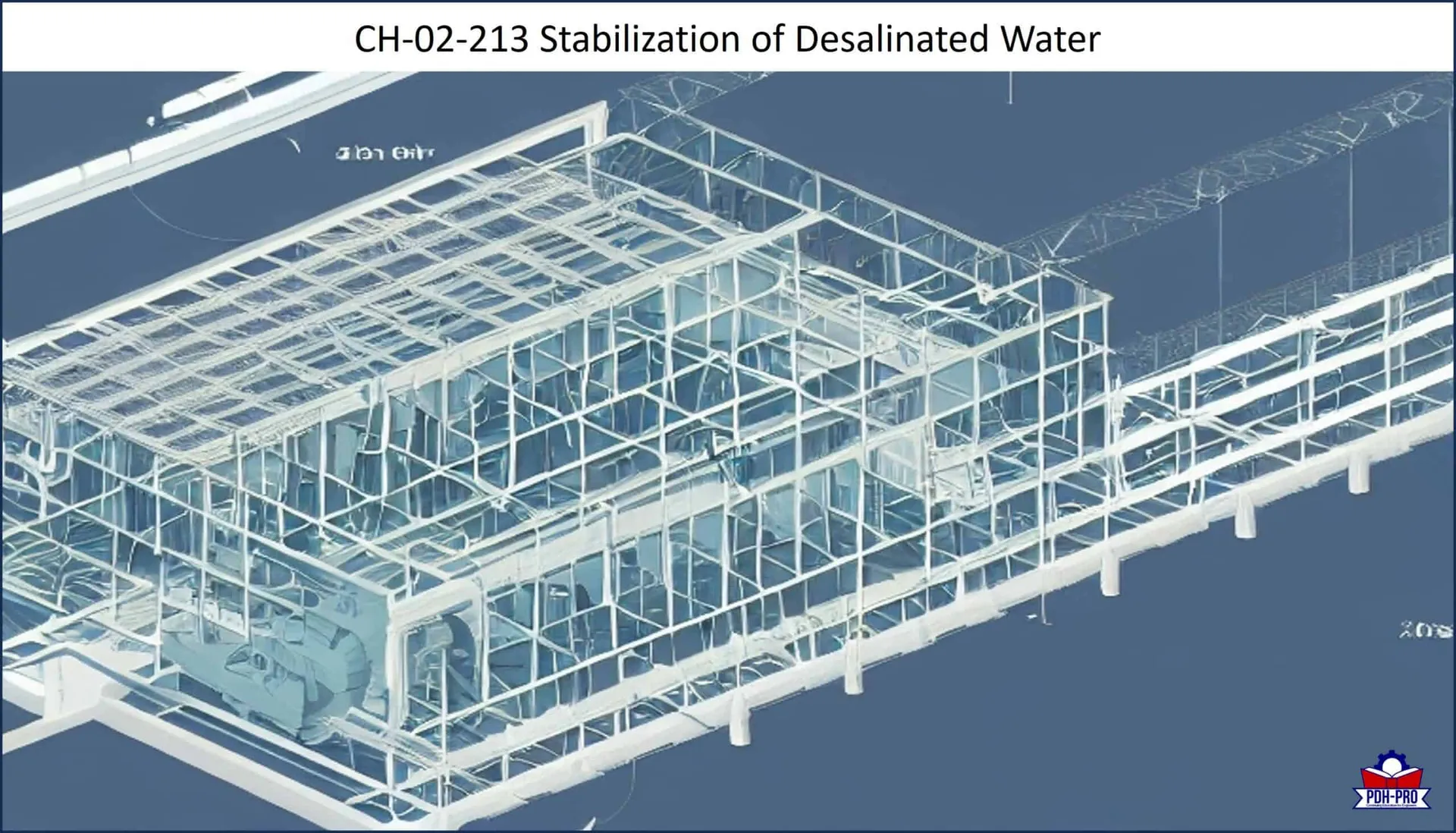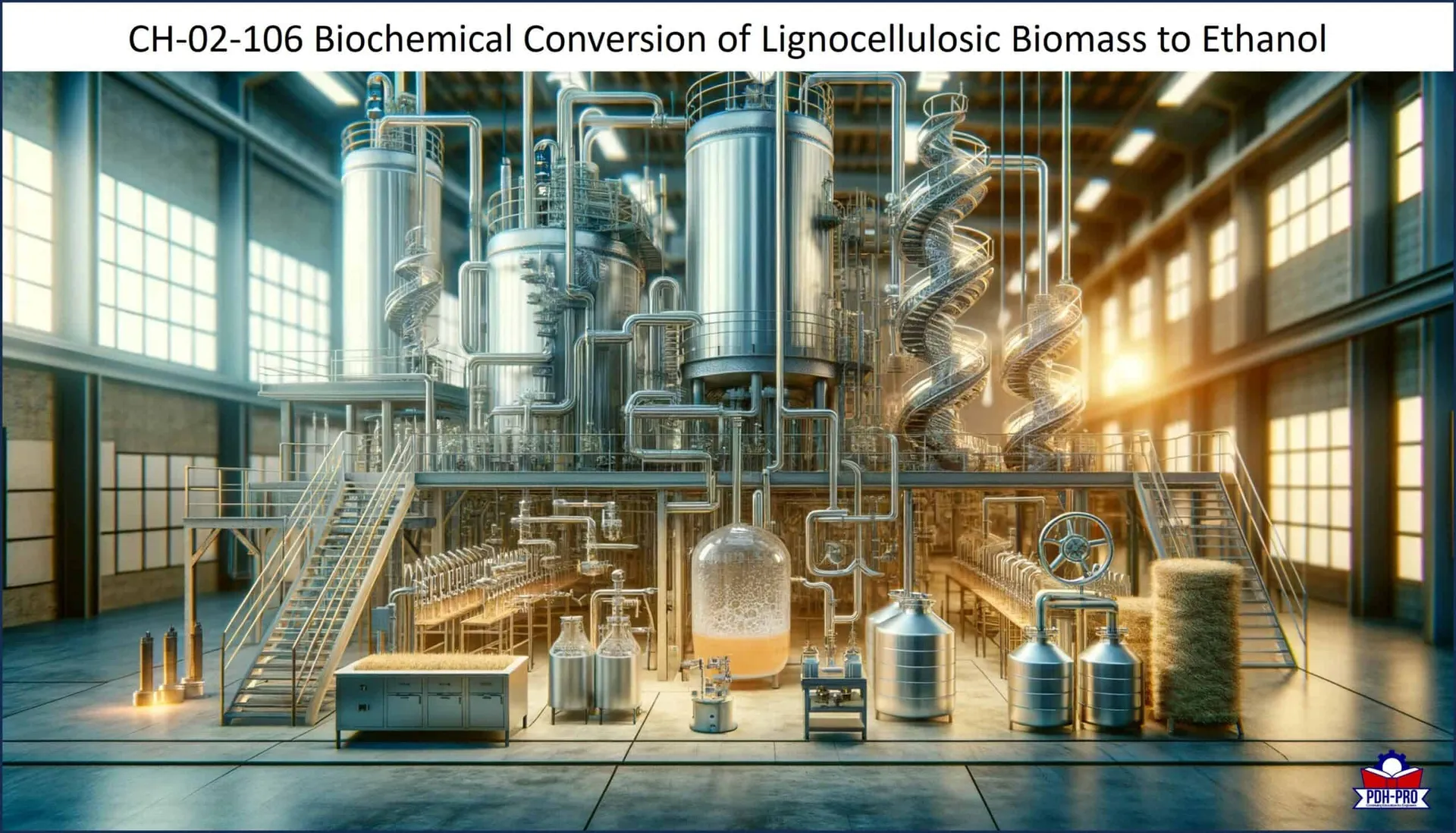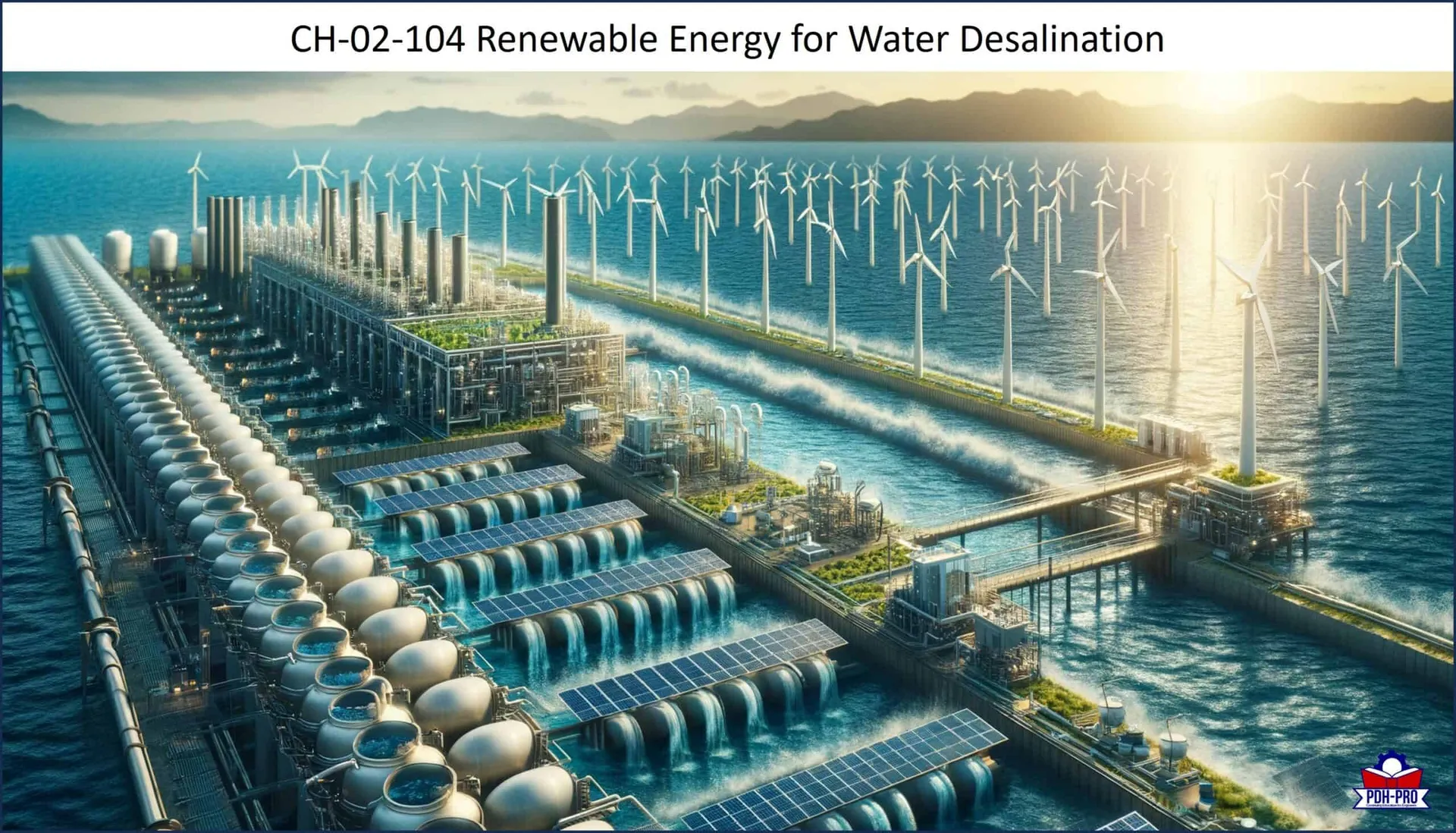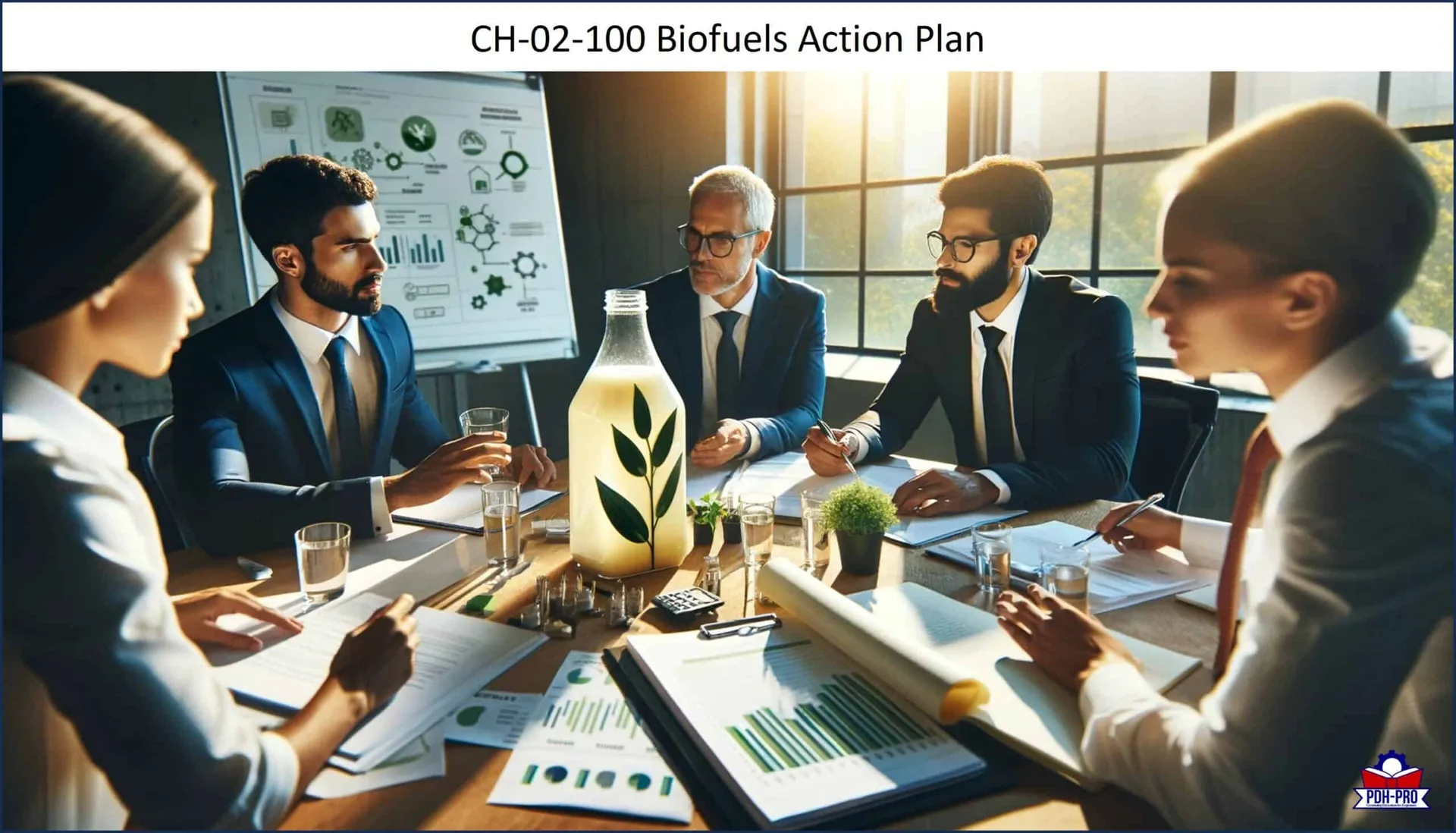
- Home
- Contact Us
- Corporate Solutions
- Webinars
- Packages
- Courses
- Categories
- Live Webinars
- Packages
- Chemical Engineering
- Civil Engineering
- Electrical Engineering
- Petroleum Engineering
- Environmental Engineering
- Geotechnical Engineering
- Mechanical Engineering
- Structural Engineering
- Sustainability
- State Rules and Regulations
- Ethics and Law
- Project Management
- HSSE
- Petroleum Engineering
- Timed & Monitored – Ohio
- On Demand Webinars
- More
Course Full With Both Sidebar
Condimentum Cursus Lorem ParturientInstructorPDH Pro Staff
TypeOnline Course
Price$42
Please sign in first
Not a member?
Please simply create an account before buying/booking any courses.
Create an account for free!
Design of Refrigeration Systems for Cold Storage
Design of Refrigeration Systems for Cold Storage The purpose of refrigerated systems for cold storage is to maintain or extend product life. Refrigeration systems for cold storage are applied to processing, manufacturing, and warehousing food, biomedical materials, ice manufacture, and other uses; but the largest application is for the refrigeration and freezing of foods. Refrigerated... Learn More
InstructorPDH Pro Staff
TypeOnline Course
Price$210$120
Please sign in first
Not a member?
Please simply create an account before buying/booking any courses.
Create an account for free!
Stabilization of Desalinated Water
Stabilization of Desalinated Water Desalination of sea or brackish water is an important, rapidly growing source of drinking water around the world. The mineral composition of the water is significantly changed and then partially reconstituted to achieve stable finished water that can be distributed in pipes. The behavior of desalinated water in the distribution system... Learn More
InstructorPDH Pro Staff
TypeOnline Course
Price$210$120
Please sign in first
Not a member?
Please simply create an account before buying/booking any courses.
Create an account for free!
Biochemical Conversion of Lignocellulosic Biomass to Ethanol
Biochemical Conversion of Lignocellulosic Biomass to Ethanol This course describes in detail a potential biochemical ethanol conversion process developed by NREL that converts corn stover to ethanol by dilute-acid pretreatment, enzymatic saccharification, and co-fermentation. The process uses co-current dilute-acid pretreatment of lignocellulosic biomass (corn stover), followed by enzymatic hydrolysis (saccharification) of the remaining cellulose, followed... Learn More
InstructorPDH Pro Staff
TypeOnline Course
Price$42
Please sign in first
Not a member?
Please simply create an account before buying/booking any courses.
Create an account for free!
Renewable Energy for Water Desalination
Renewable Energy for Water Desalination The United States has abundant agricultural and forestry resources that could be a significant resource for bioenergy. With research, land resources could be effectively used for feedstock production and still meet demand for production of other goods and services. By 2030, about 1 to 1.6 billion dry tons of sustainably... Learn More
InstructorPDH Pro Staff
TypeOnline Course
Price$84
Please sign in first
Not a member?
Please simply create an account before buying/booking any courses.
Create an account for free!
Biofuels Action Plan
Biofuels Action Plan The United States has abundant agricultural and forestry resources that could be a significant resource for bioenergy. With research, land resources could be effectively used for feedstock production and still meet demand for production of other goods and services. By 2030, about 1 to 1.6 billion dry tons of sustainably available biomass... Learn More
Course Categories
- Chemical Engineering
- Civil Engineering
- Electrical Engineering
- Environmental Engineering
- Ethics and Law
- Geotechnical Engineering
- HSSE
- Live Webinars
- Mechanical Engineering
- On Demand Webinars
- Packages
- Petroleum Engineering
- Project Management
- State Rules and Regulations
- Structural Engineering
- Sustainability
- Timed & Monitored – Ohio
